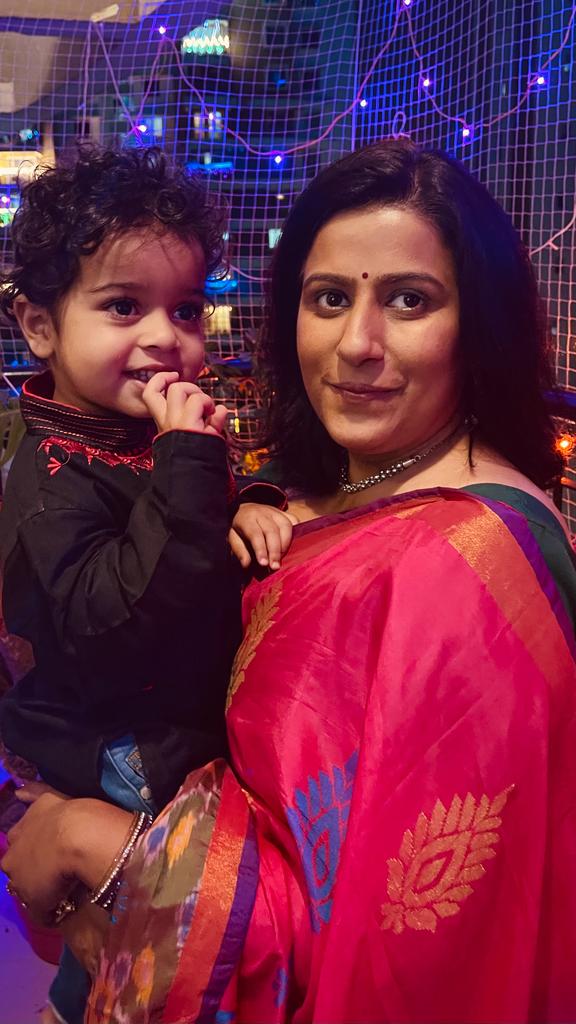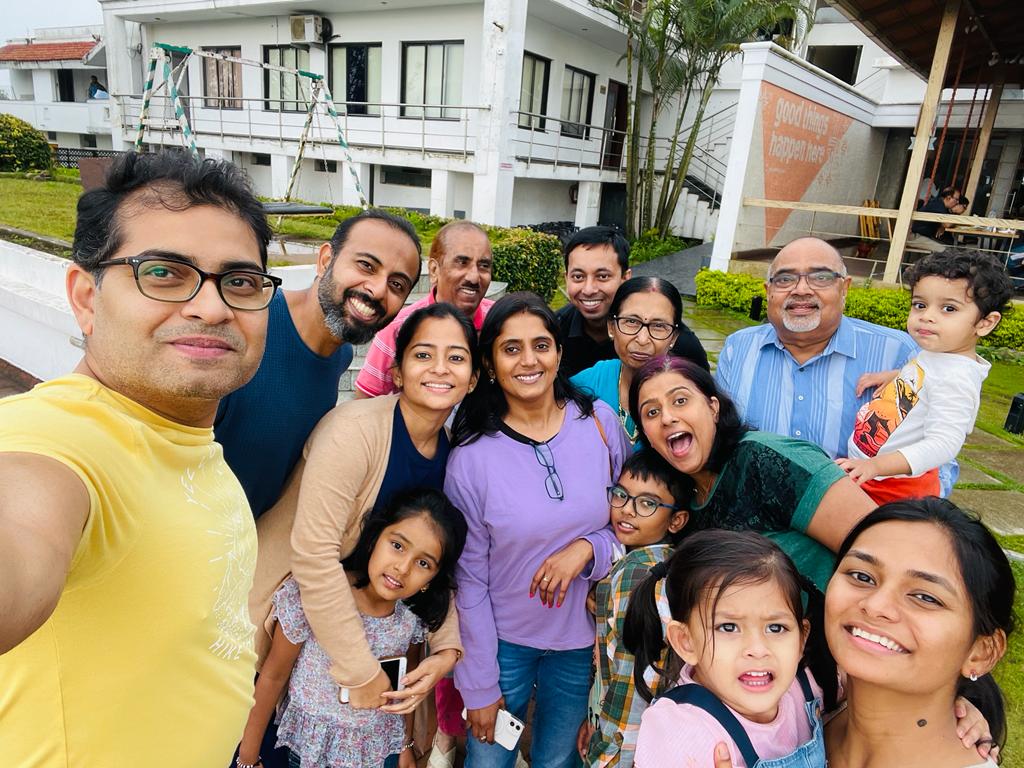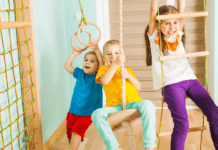My American-born COVID baby went to India for the first time and met his big extended Indian family!
It was a big deal for me. I wanted this for him from the moment he was born. I wanted him to know where his parents come from. I wanted him to experience the warmth of family and the vibrance of Indian culture.
They were the most heartwarming three weeks of his entire childhood. There was love, laughter, and joy all around. Each day, he was woken up by the loving cuddles of his grandparents and the happy chaos of his cousins playing in the background. My little boy, who always needed mommy to sleep, eat, and bathe, seemed content playing with his cousins and taking turns to sit in his uncles’ and aunts’ laps. I saw him fitting perfectly into the family tree.
One day, as I watched him run around barefoot in the sunlit terraces of my sister’s warm apartment, I remembered the chilly days of New York. Just like the start climate difference, India and the US cultures are like night and day. I started noticing the slight accent in my son’s English, which was different from his cousins. I noticed his preferences in food were different from his cousins. And although he could understand Hindi, it was nowhere close to his cousin’s fluency. As the days passed, I was ensnared in a cloud of worry.
Children who grow up with foreign-born parents are often straddling two cultures – that of their parents and that of their peers. Will this duality create a struggle for him as he develops his identity? Will he lack a sense of belonging because he isn’t Indian and his parents aren’t American?

It reminded me of the years when I first moved to the US.
I was 23 years old when I landed at the Dallas, Fort Worth International Airport. I was to start graduate school in ten days. To say that it was a culture shock is an understatement. Everything from food to music to language was entirely different in the US.
For many months, I kept quiet and kept to myself because it was tough to understand the American accent. I communicated via email and learned to lip-read the Texan accent. I bought sandwiches for lunch and reconstructed them by removing all the meat and adding all the spices. I put ketchup on my pizza. I struggled in school and at the college library, where I worked at the front desk. Every day was a struggle to find my identity and belonging in this strange new world.
So when it was time to visit India after living for three years in the US, I was elated. I was going home!
I expected to fly the painful 7,000 miles in a cramped coach seat and immediately arrive “home.” But when I got to Delhi in the winter of 2009, something had changed. I had changed. It wasn’t a huge change. It was so subtle that I couldn’t point it out. But my outlook on the world was changing. I had seen a completely different culture up-close. I had lived a completely different life, and I had seen many more shades of the human condition than my Indian upbringing offered. Even though I was in India, I wasn’t “home.”
Over the years, my interaction with American culture deepened. And India seemed to float further away. As an immigrant, It’s not just what you learn by living in the new country that distances you from your birthplace; it’s also what you don’t learn by living in the old one. Every few years, when I returned to India, I subconsciously expected India to be waiting in a time capsule for me. But each time, faster than me perhaps, India changed.
A few years into this cycle, I was neither here nor there. I wasn’t Indian anymore and certainly wasn’t an American.
I was caught between two worlds. I couldn’t fit in either box, which sometimes made me feel left out. It was a period of actual character development as I was forced to find my own identity beyond the country I live in and the culture I grew up with. I had to dig deep to discover who I truly was, beyond my name, skin color, language, and occupation. I filled my life with a unique mosaic of relationships with people from across the world that didn’t fit (or need) any label.
I can’t say it was an easy learning experience, but 15 years into this life experiment, I can say that I am very comfortable with my uniqueness. I have a depth of life experiences that helps me understand a wide range of human emotions. I have more resilience than my previous self in atypical life situations, and I am more prepared for life’s hardships.
And if I can do anything right in my dual culture parenting, I want to impart these virtues to my son. He may not understand all the American customs or experience all the traditional Indian ceremonies, but I hope that he will appreciate the humanity of people at a deeper level.
He will understand that people can look very different but still belong together. I hope to teach him to approach different opinions with curiosity and empathy. And by giving him a little bit of east and a little bit of west, I hope he can be a citizen of the world rather than that of one country. I want to help him define himself beyond nationality and hold his hand as he fills his life with his very own mosaic of unique human relationships.





















